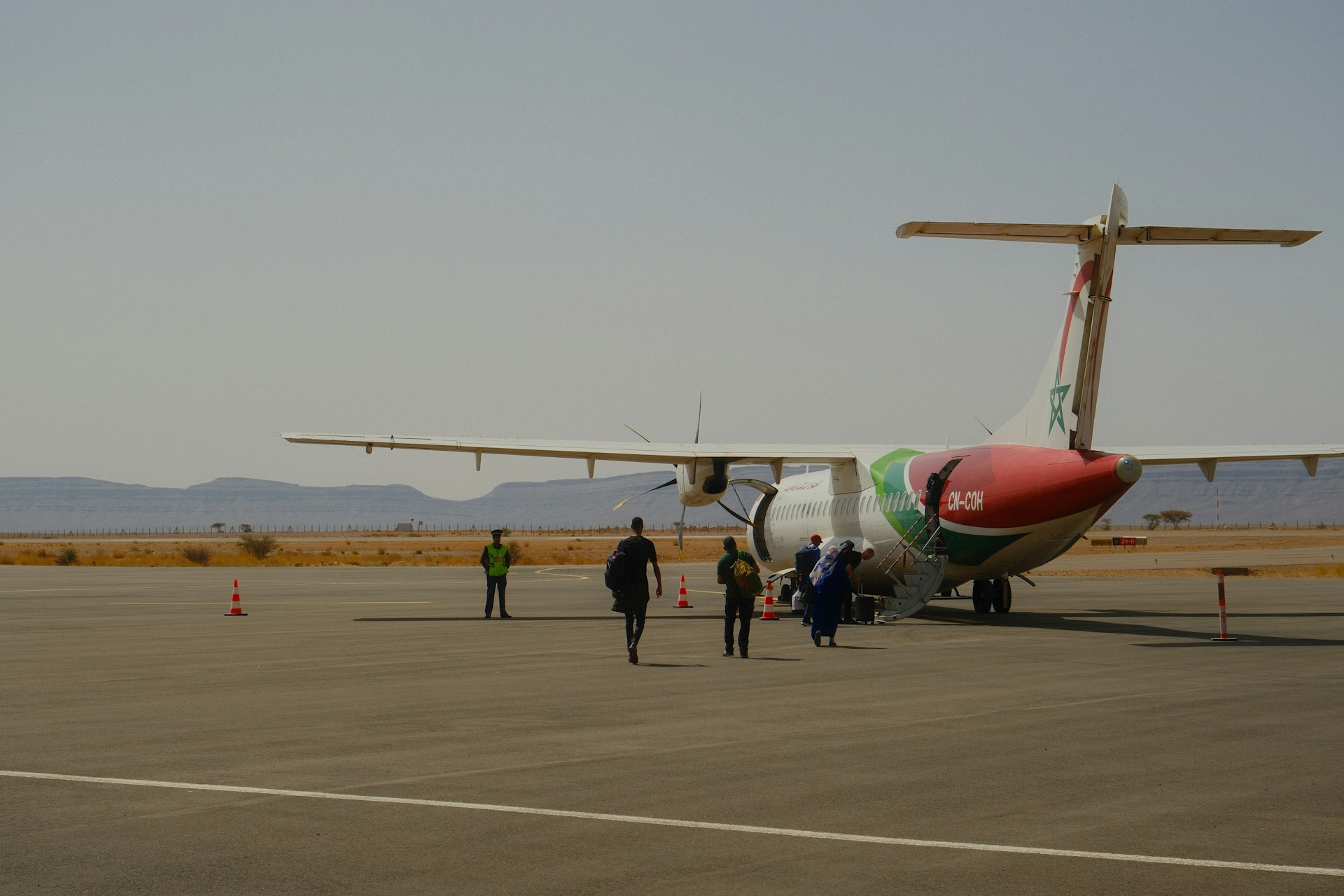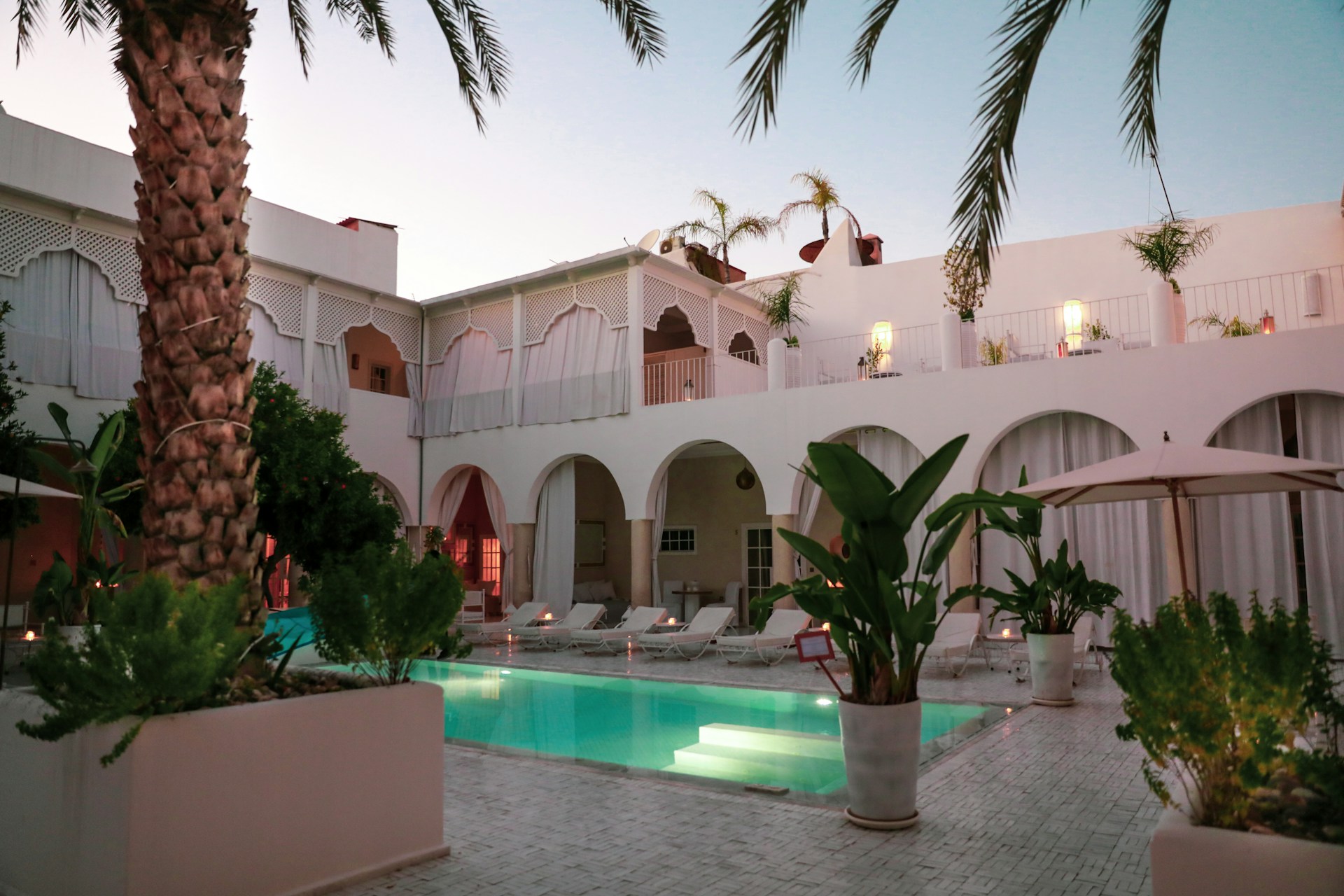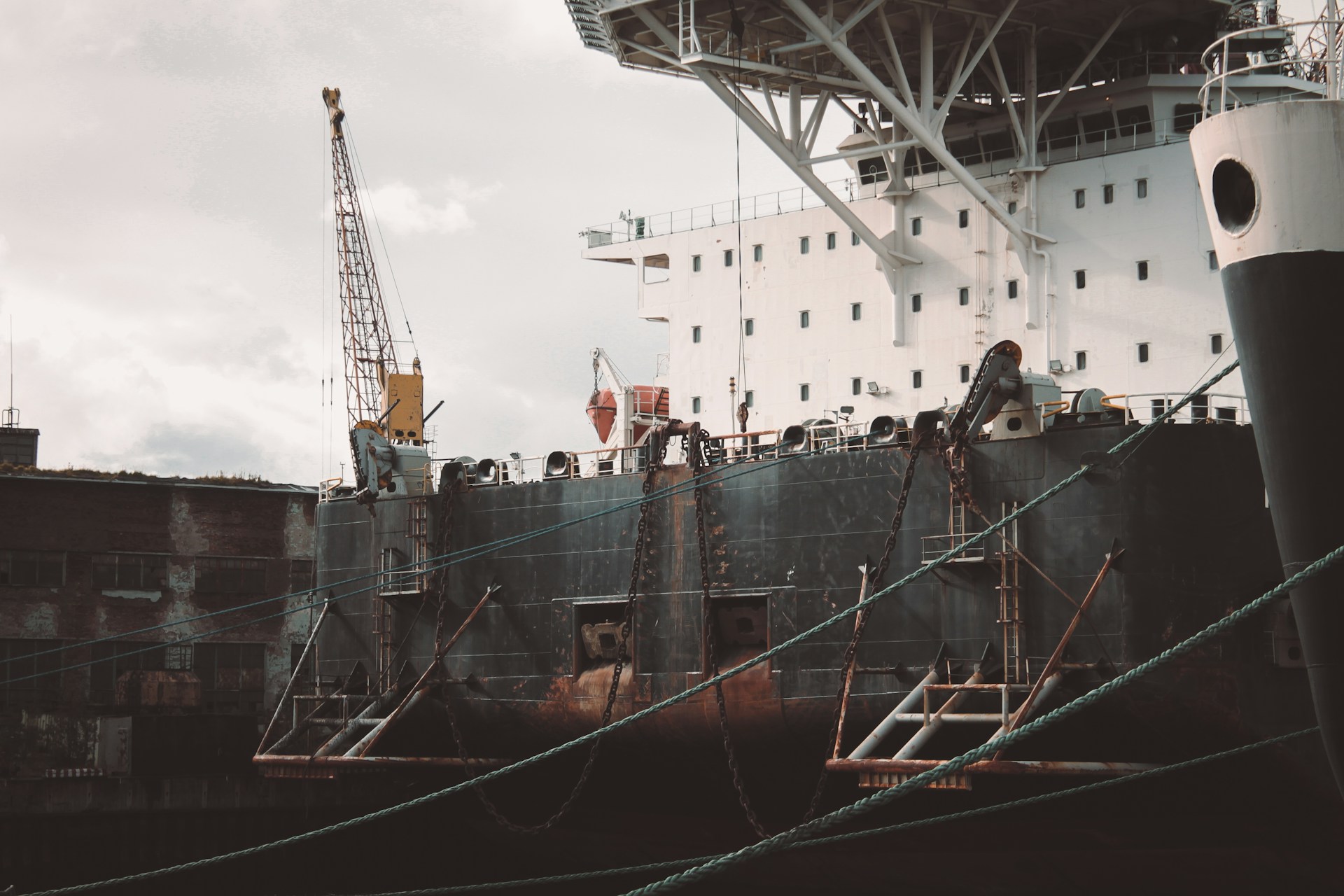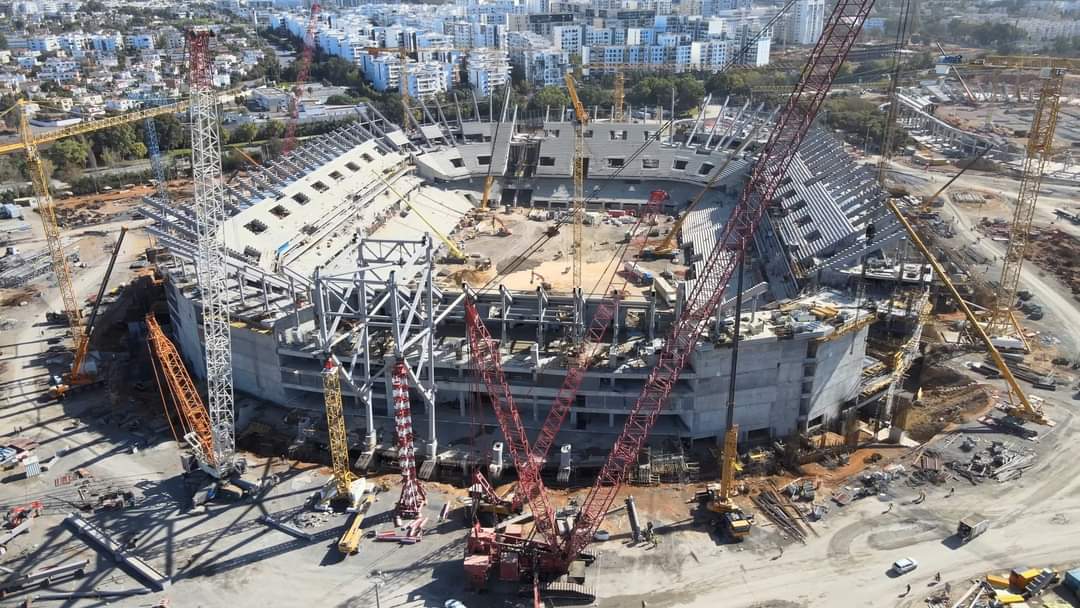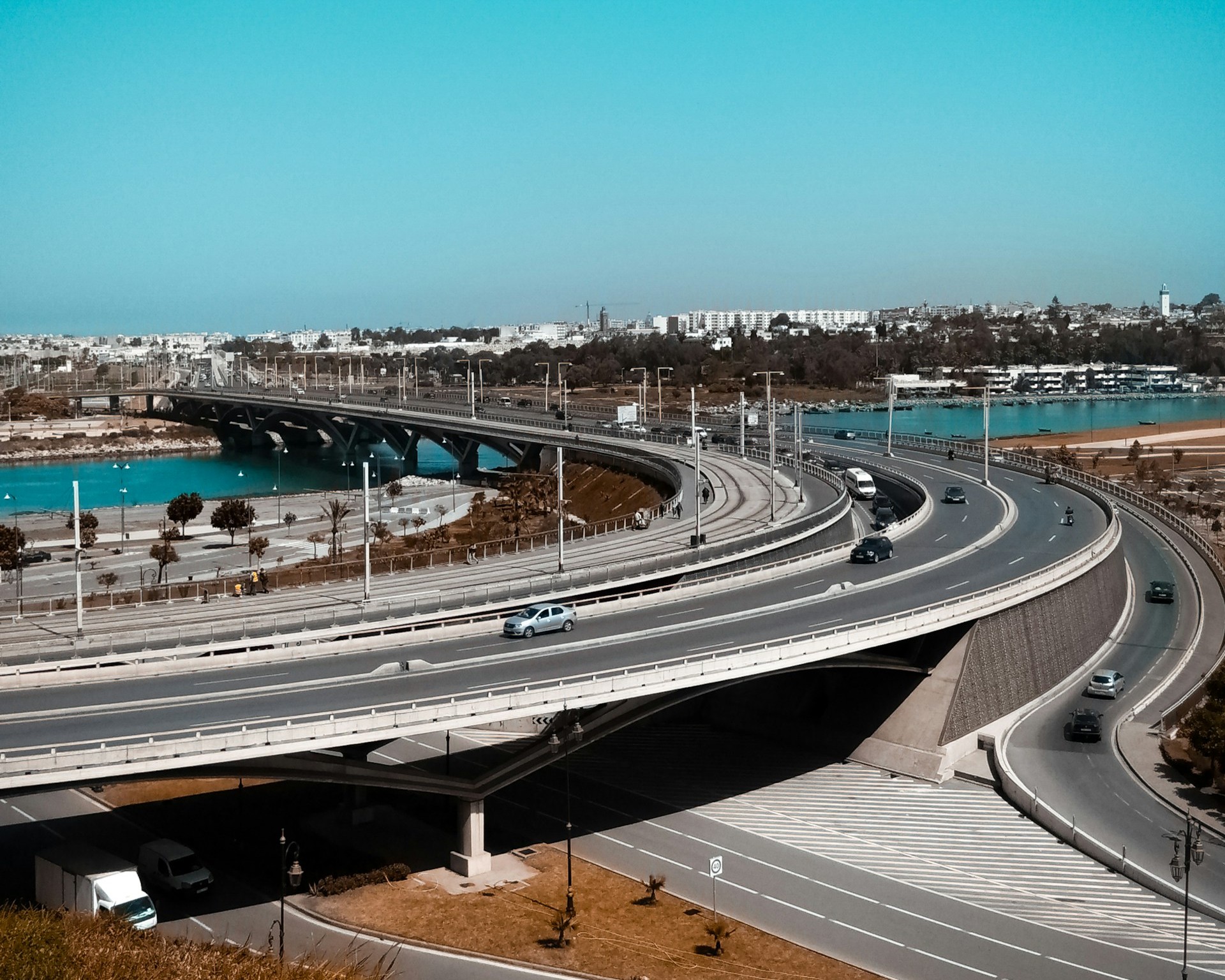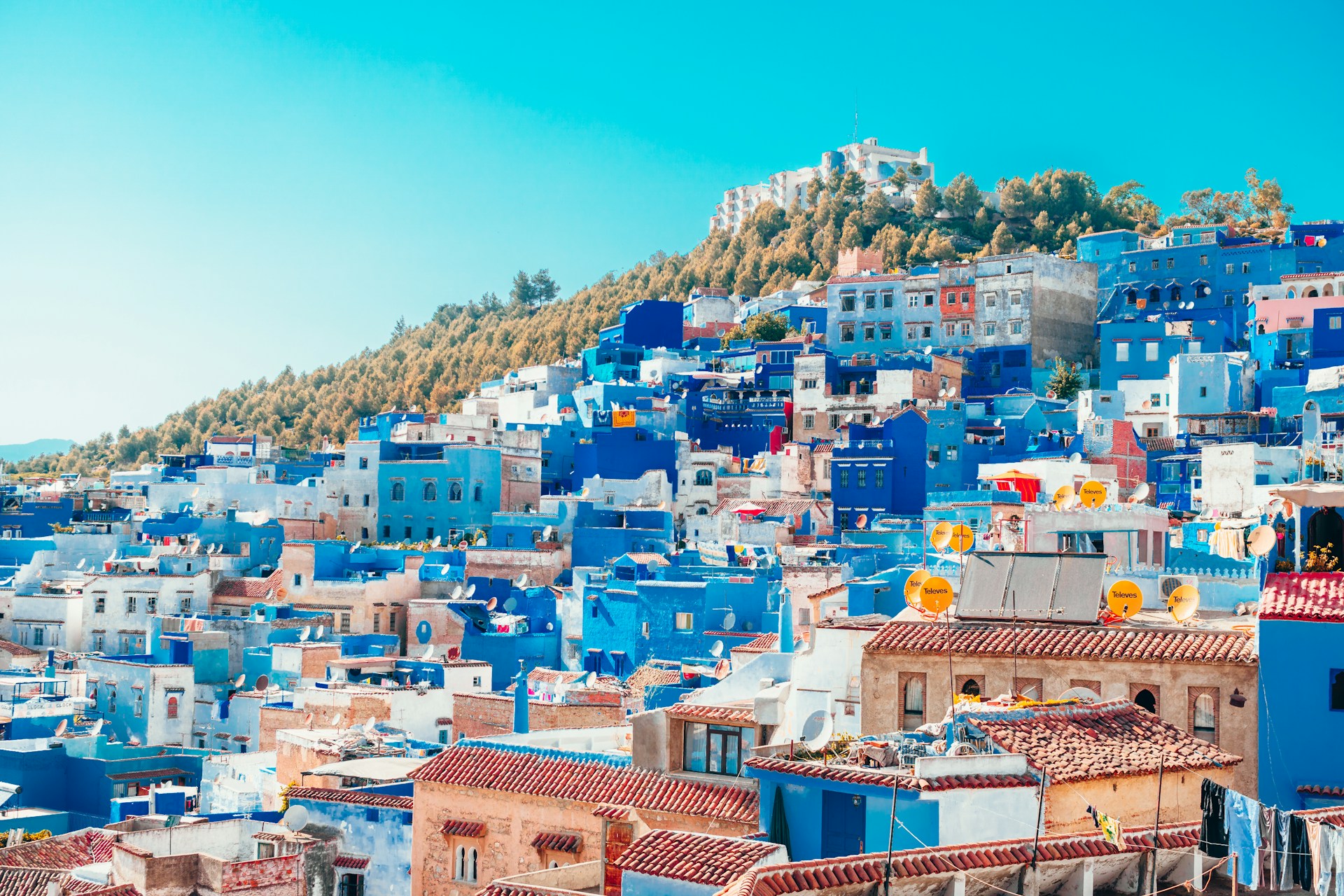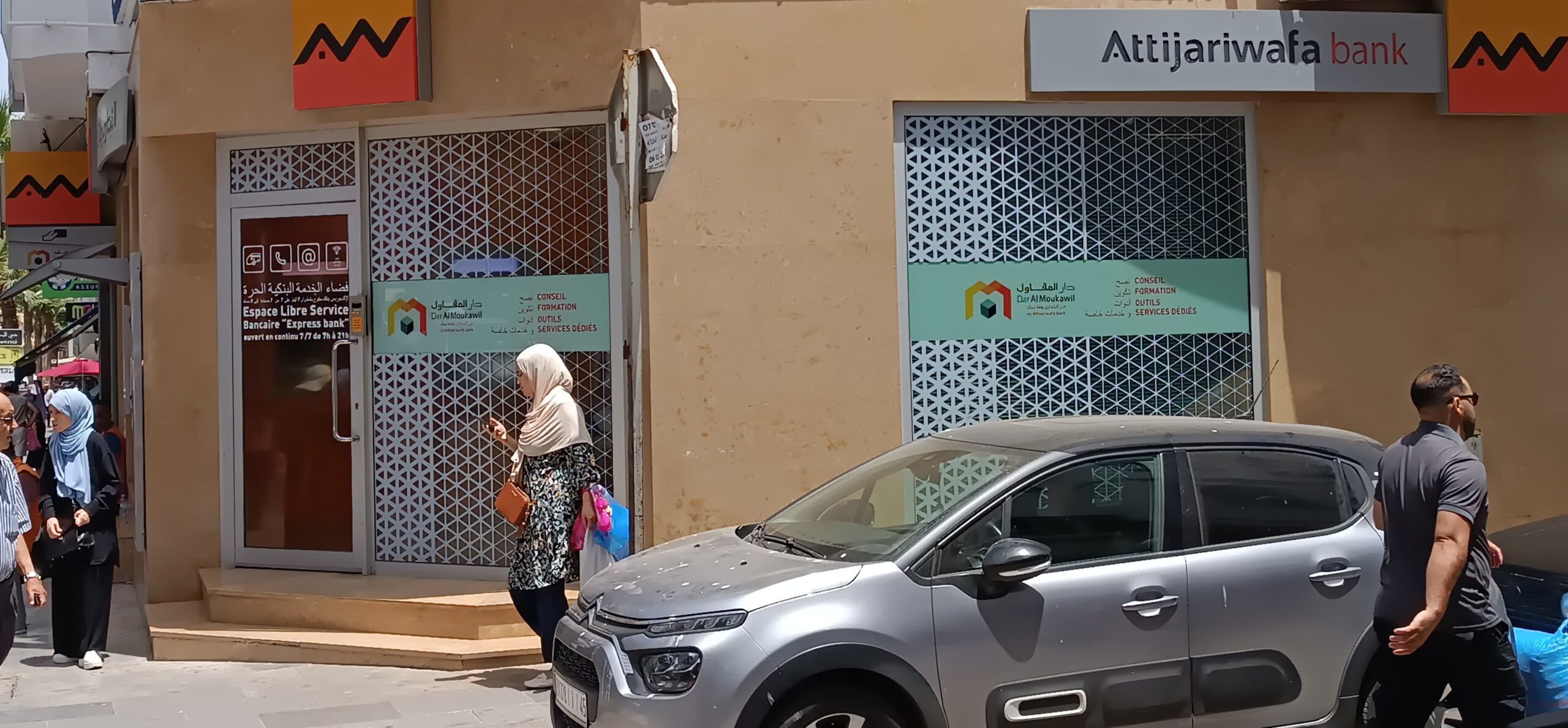Casablanca – Morocco’s tourism sector continues its upward trajectory, with a record-breaking 7.2 million international arrivals registered by the end of May 2025. The announcement, made by the Ministry of Tourism, Handicrafts, and the Social and Solidarity Economy, highlights a significant 22% increase compared to the same period in 2024 and a striking 68% rise over 2019 levels, the last full year before the COVID-19 pandemic.
This sharp growth confirms the continued momentum that began in 2023 and intensified through 2024, firmly positioning Morocco as a rising global destination. The increase equates to an additional 1.3 million tourists in just five months and suggests strong potential for a record-setting summer season ahead.
Strategic planning behind the numbers
According to the Ministry, this performance reflects the effective implementation of the national tourism roadmap for 2023–2026. The strategy is built around three main pillars: strengthening air connectivity, intensifying international promotional efforts, and encouraging investment to diversify the tourism offering.
Minister of Tourism Fatim-Zahra Ammor stated that the results are a direct outcome of the government’s sustained efforts and strategic planning. “These exceptional results validate the tourism strategy in place. The government has invested wisely in this sector, and we are now seeing the tangible benefits of those investments,” she said.
The roadmap also aligns with Morocco’s long-term objective of attracting 26 million tourists annually by 2030, a target linked to the country’s preparations for co-hosting the FIFA World Cup that year.
A promising summer season
As Morocco enters the peak summer season, tourism professionals and government officials are optimistic about reaching new highs in tourist inflows. Early indicators suggest strong bookings, increased flight frequency, and heightened interest from both traditional and emerging source markets.
This optimism is buoyed by Morocco’s growing international reputation as a culturally rich, safe, and accessible destination. Renewed promotional efforts, including partnerships with airlines and digital campaigns, have contributed to raising the country’s profile, especially in Europe and the Middle East.
Rising popularity accompanied by growing pains
Despite these positive developments, the rapid increase in visitors has exposed structural weaknesses within the Moroccan tourism infrastructure and service sectors.
Numerous reports on social media and from travel reviews point to persistent issues: overpriced hotels, inconsistent service quality, exploitative taxi fares, and disorganized airport experiences. Some international tourists have also cited instances of overcharging in restaurants and a lack of adequate visitor assistance in certain high-traffic areas.
These concerns raise questions about the country’s readiness to sustain its growth without compromising on quality. While many local communities—particularly in historic medinas and rural destinations—continue to offer warm and authentic hospitality, some tourists report a stark contrast in larger hotels and commercial establishments where service can feel impersonal or transactional.
Quality as the next frontier
Experts agree that Morocco’s tourism success cannot rely solely on the volume of visitors. Sustained growth will depend heavily on visitor satisfaction and loyalty. A tourist who leaves with a negative impression may choose not to return—and may even discourage others from visiting.
The Ministry of Tourism has acknowledged the need to address these challenges and is being urged to take swift action to regulate pricing, improve professional training, and reinforce service standards across the sector.
While Morocco has made significant progress in promoting itself internationally, attention is now shifting toward enhancing the quality of the visitor experience, ensuring value for money, and preserving the country’s reputation as a leading global destination.
Looking ahead
With global tourism steadily recovering from the pandemic and competition intensifying across the region, Morocco’s ability to balance quantity with quality will be key. The roadmap to 2030 is ambitious, but achievable—provided infrastructure, workforce capabilities, and consumer protections keep pace with demand.
As the summer high season begins, Morocco stands at a pivotal moment. The country has clearly won international interest, but the next challenge will be turning those first visits into lasting impressions.
